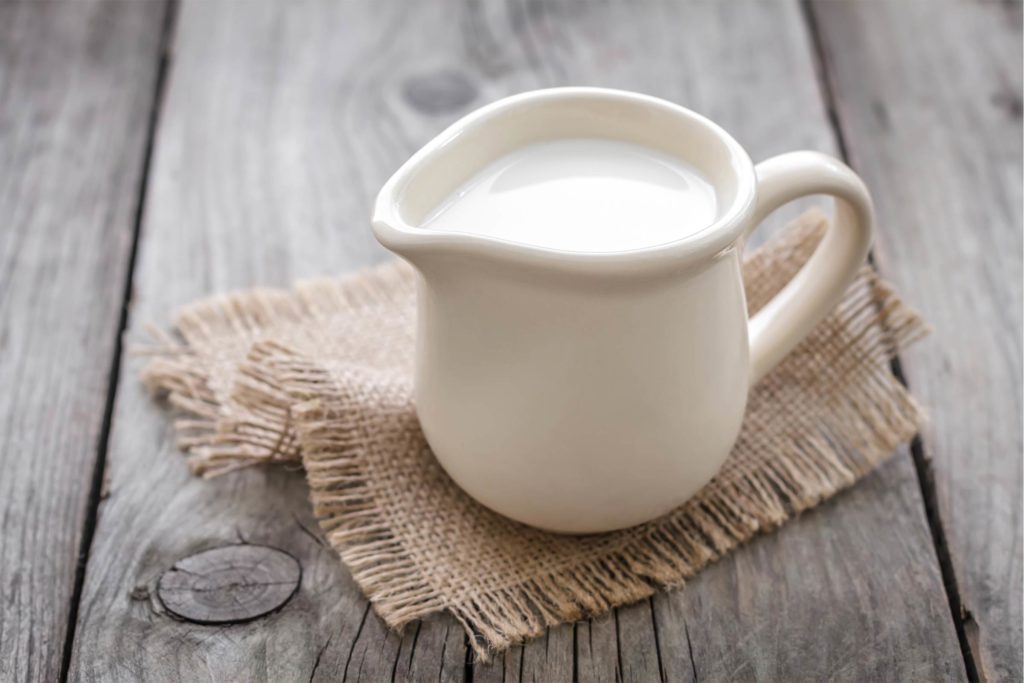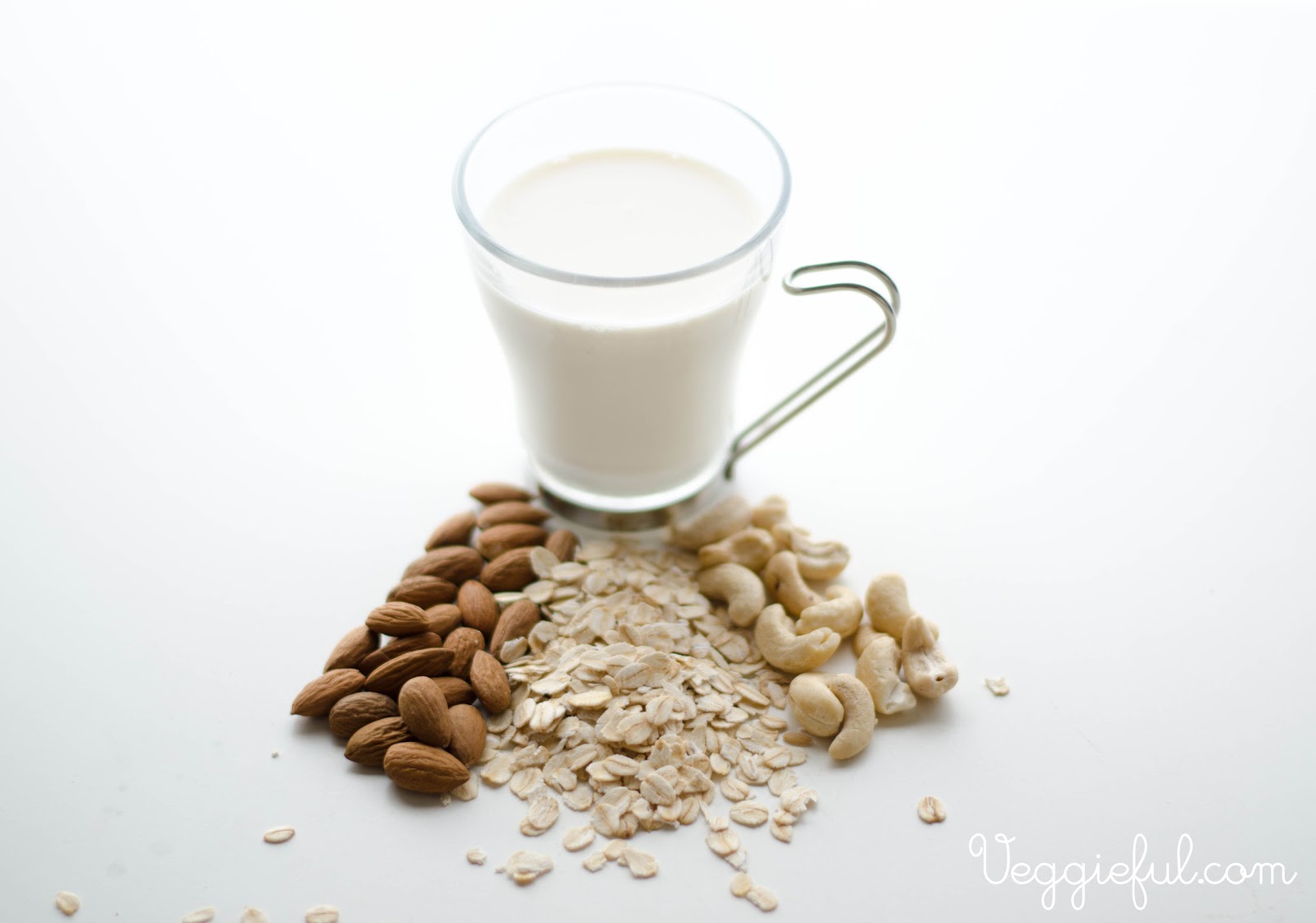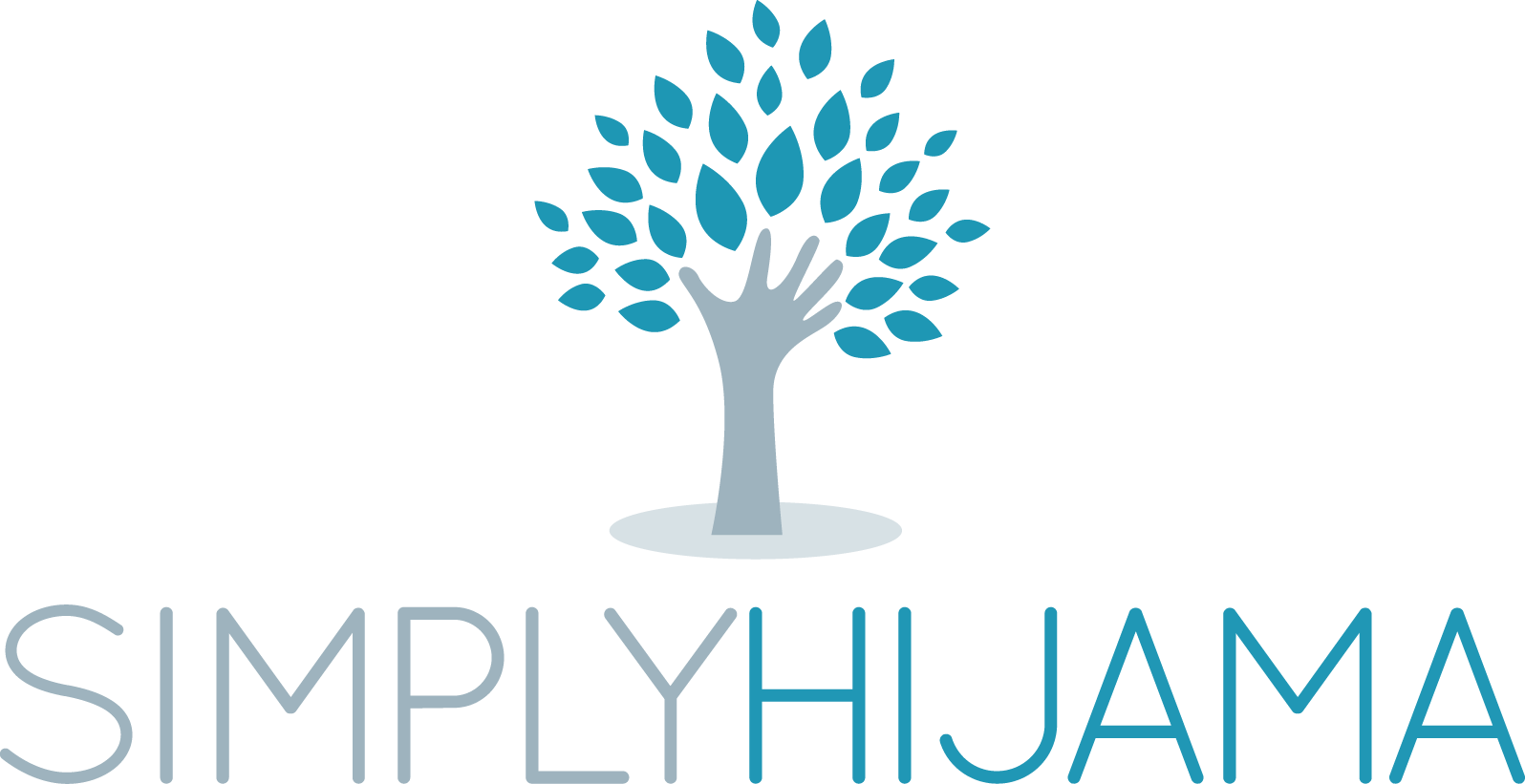Milk is as ancient as mankind itself as it is produced by all species of mammal, from man to whales as the perfect source of nourishment for their young.
The first reports of human consumption of other mammalian milks date back as early as 6000-8000 BC. At this time ancient man learned to domesticate species of animals initially for the provision of meat, and then later for the provision of milk for general consumption. Mammals used for milk production included cows, buffalo, sheep, goats, and camels, all of which are still used in various parts of the world for the production of milk for human consumption today.
In this modern era, industrialisation and urbanisation meant the supply of milk became a commercial industry, with specialised breeds of cattle being developed for dairy. Initially, more people were employed as milkers, but it soon turned to mechanisation with machines designed to do the milking.

Dairy plants receive and process raw milk they receive from farmers. They extend its marketable shelf life by heat treatment through pasteurisation, which removes enzymes and bacteria that would spoilt or sour the milk for human consumption. They would also produce other dairy products such as cheeses, yogurts, butters, creams and ice creams.
Most babies can digest milk without getting an upset stomach thanks to an enzyme called lactase. Lactase is needed to break down lactose, the sugar in milk. Some say that up until several thousand years ago, that enzyme turned off once a person grew into adulthood and did not require as much milk to nutritionally sustain them. This meant that most adults were lactose intolerant.
Studies have shown that people who consumed milk in its unprocessed form were usually nomads who did not settle down for long enough to make cheese out of the milk. Overall, these population-based and anthropological studies have shown that adult populations have adapted to milk consumption over many years.
In northern Europe, particularly Britain and Germany, unprocessed milk was consumed. However, milk consumption in adults was not common in southern European countries such as Italy. Even today, lactose intolerance is less relatively prevalent in the British, German and Scandinavian populations.
Genetic mutations seem to be at the root of this evolved lactose tolerance. Some studies have shown that a single genetic mutation occurred in around 4500 BC that spread worldwide. Another mutation could have come from the East African Tutsi population. The mutation has led to the populations of Northern Europe and India developing lactose tolerance so that they can safely consume milk and milk products. On the other hand, populations in sub-Saharan African, southern Europe and people native to America and the Pacific Islands do not continue to possess lactase into adulthood and are lactose intolerant.
It’s interesting to know the geographical differences in lactose sensitivity which explains why some regions have more people with lactose intolerance compared to others. This brings us onto the reasons why dairy-free diets are chosen and why it could benefit some more than others.
Dairy-Free Benefits
Dairy products such as milk, cheese, and yogurt do contain essential nutrients, such as calcium, potassium, phosphorus, protein, vitamins A, D and B12, riboflavin, and niacin. However, for some, its harm outweighs its benefits.
People follow a dairy-free diet for different reasons, but for most people, they’re searching for relief from digestive issues, bloating, skin problems and respiratory conditions that come from eating dairy products.
Dairy-free constitutes to removing milk, cheese, butter, cream cheese, cottage cheese, sour cream, custards and puddings, ice cream, gelato and sherbet, whey and casein, and other products that contain milk. People who are lactose intolerant may choose to reduce or eliminate foods that contain lactose. Some may be able to have smaller portions of foods containing milk proteins, and they may find that fermented dairy is easier on their digestive systems.
People with a cow’s milk food allergy, on the other hand, must completely eliminate milk proteins from their diets and find food allergy alternatives that provide calcium and other vital nutrients.
Prevents Digestive Problems
· Lactose intolerance is a problem for many causing symptoms such as bloating, gas, nausea, vomiting and diarrhoea.
· There are some that have a good amount of lactose-breaking enzyme lactase but are still unable to tolerate milk and dairy.
· Research suggests that proteins found in dairy can also have a significant impact on digestion, and that lactose may not be the only cause of gastrointestinal issues in those with an intolerance.
· A study published in the Nutrition Journal revealed that the A1 protein, found in cow’s milk, was to blame for triggering symptoms of milk intolerance.
· Scientists discovered that by removing the A1 beta casein protein, leaving just the A2 beta casein, sufferers were able to drink milk without gastrointestinal symptoms.
· Dairy has also been labelled as a key trigger of IBS symptoms and other digestive conditions.
Protects Against Fractures
· Milk and dairy products have been extensively promoted as strengthening bones, but research begs to differ.
· A 12-year prospective study published in the American Journal of Public Health found that drinking 2+ glasses of milk per day in fact increased women's risk of hip fracture by 45%. Those drinking 3+ glasses per day had a 60% greater hip fracture rate.
· For truly strong bones, eat more fruits and vegetables: women eating twice the fruit had 5% denser bones.
May Reduce Risk of Cancer
· A 2001 study conducted at Harvard School of Public Health found that a high calcium intake, mainly from dairy products, may increase prostate cancer risk by lowering concentrations of a hormone thought to protect against prostate cancer.
· Another study in 2011 found that drinking milk each day during adolescence, increased their risk of advanced prostate cancer by at least threefold.
· Another study, which analysed women from 40 countries across five continents, found that milk was closely connected to ovarian cancer. It revealed that consuming milk plus cheese showed the highest incidence of ovarian cancer. Women who drank just 1+ glass of whole milk per day were at three times greater risk for ovarian cancer.
· Milk consumed today is produced from pregnant cows rather than pasture-fed. Oestrogen and progesterone levels are markedly elevated in these cows.
· Milk products may also contain contaminants, such as pesticides, which have carcinogenic potential, and growth factors, such as insulin-like growth factor 1, which have been shown to promote breast cancer cell growth.
· While dairy can increase risk, vegetables can reduce it. Eating 3+ servings of vegetables per day dropped the risk of ovarian cancer by 39%.
Dairy-Free for Health
Below are some of the most common substitutes:
|
Milk Substitutes
|
Yoghurt Replacement
|
Butter/Cream Alternatives
|
|
|
|
|
Soy milk
|
Coconut milk yogurt
|
Vegetable oil blends
|
|
Rice milk
|
Almond milk yogurt
|
Coconut butter/cream
|
|
Oat milk
|
Soy milk yogurt
|
Nut butters/cream
|
|
Almond milk
|
Hemp yogurt
|
Cultured vegan butter/cream
made from coconut & cashews
|
|
Coconut milk
|
|
|
|
Cashew milk
|
|
|
|
Flaxseed milk
|
|
|
|
Hemp milk
|
|
|

Cow’s milk-free alternatives also include goats milk which is high in fatty acids and more easily absorbed and assimilated in the body than cow’s milk. The actual fat particles in goats milk are smaller and contain lower concentrations of lactose.
Fermented dairy options include kefir and amasai, which are often more easily digested, even by people with lactose intolerance.
Ghee is another option that’s clarified and easily digested by people with a lactose and casein sensitivity.
Cheese Substitutes
Soft Cheese –
· You can find soy- and nut-based versions of cream cheese, as well as a dairy-free, gluten-free and soy-free versions made from a blend of vegetable oils, tapioca starch and pea protein isolate.
· You can also make homemade cream cheese or soft crumbly cheese using cashews, macadamia nuts, Brazil nuts or almonds.
· And if you're simply trying to mimic the texture of cottage and ricotta cheeses, then you could use crumbled soft tofu as a replacement.
· Vegan cheeses are often highly processed and offer less protein than dairy cheese. However, you can also make homemade substitutions with whole foods like tofu, nuts and nutritional yeast.
Hard Cheese –
· Most brands use soy protein or nuts as a base, although there are some soy- and nut-free varieties that are made from vegetable oils mixed with pea starch or pea protein.
· Many people find nutritional yeast to be a good flavour substitute for grated Parmesan cheese.
· You can also make your own version by processing nuts and nutritional yeast with desired spices.
Precautions
Although many non-dairy substitutes are available, there are a few things to look out for when choosing from the supermarket shelf:
· Added sugars:Many non-dairy products contain added sugars to enhance flavour and texture. While the sugar content is sometimes similar to that of regular dairy products, other times it can be much higher.
· Fillers:It is common for non-dairy cheeses and yoghurts to use a variety of additives in order to improve the texture of the product. While they aren't necessarily unhealthy, many people prefer more natural products.
· Protein content:Dairy cheeses, milk and yogurt deliver complete protein. However, the only plant-based replacement that mimics that level and quality of protein is soy.
· Nutrient content:Dairy products deliver potassium and calcium. Fortified non-dairy products may also offer these and other micronutrients, depending on the brand. Homemade products won't be fortified.
· Intolerances:Some people have allergies or intolerances to certain ingredients used in non-dairy replacements, such as soy or nuts. Fillers, such as inulin, can also be difficult for people to digest, causing bloating and flatulance.
· Price differences:Non-dairy alternatives often come with a higher price tag. On the other hand, this could be an incentive to make your own non-dairy substitutes.
Always read labels to see what ingredients and nutrients are in the product you're buying.
To Sum Up…
From the white elixir which we were all dependent on as babies to the white flag which we now have to surrender to in adulthood, this seemingly pure looking liquid has now become subject to scrutiny in recent times.
The evolution of the man-made milk production to industrialised machinery milk extraction may play a role into why lactose sensitivity is on the rise. It could also be due to the pasteurisation or homogenisation process which changes the composition of milk making it difficult for the body to digest. Other reasons for the rise in milk -related sensitivities could be the abnormally high hormones and contaminants that are making more and more people sick and search for alternative ways to treat diseases. From this, sufferers have now become more open to removing milk and dairy products from their diet and find tasty replacements for enjoying that creamy texture.
Going dairy-free has its benefits. It has shown to alleviate digestive problems, reduces your risk of certain cancers and could even slow down brittle bones in women. It makes sense to limit conventional dairy products and choose from the numerous delicious alternatives on offer. Better yet, make your own!
Source
https://en.wikipedia.org/wiki/Dairy
https://dairy.ahdb.org.uk/talking-to-the-public/talking-to-schools/providing-school-milk/the-history-of-milk/#.Wyt2lqdKhPY
https://www.express.co.uk/life-style/health/879618/dairy-free-diet-lactose-intolerance-symptoms-milk-protein
https://www.news-medical.net/health/Lactose-Intolerance-History.aspx
https://www.midwestdairy.com/nutrition-and-health/dairy-nutrition/
http://switch4good.org/dairy-free-benefits/
https://www.healthline.com/nutrition/dairy-substitutes#section2
References
Milk, dietary calcium, and bone fractures in women: a 12-year prospective study. Am J Public Health. 1997 Jun;87(6): 992-7.
Potassium, magnesium, and fruit and vegetable intakes are associated with greater bone mineral density in elderly men and women. Am J Clin Nutr. 1999 Apr;69(4):727-36.
Fruit and vegetable consumption in relation to ovarian cancer incidence: the Swedish Mammography Cohort. Br J Cancer.2004 Jun 1;90(11):2167-70.
